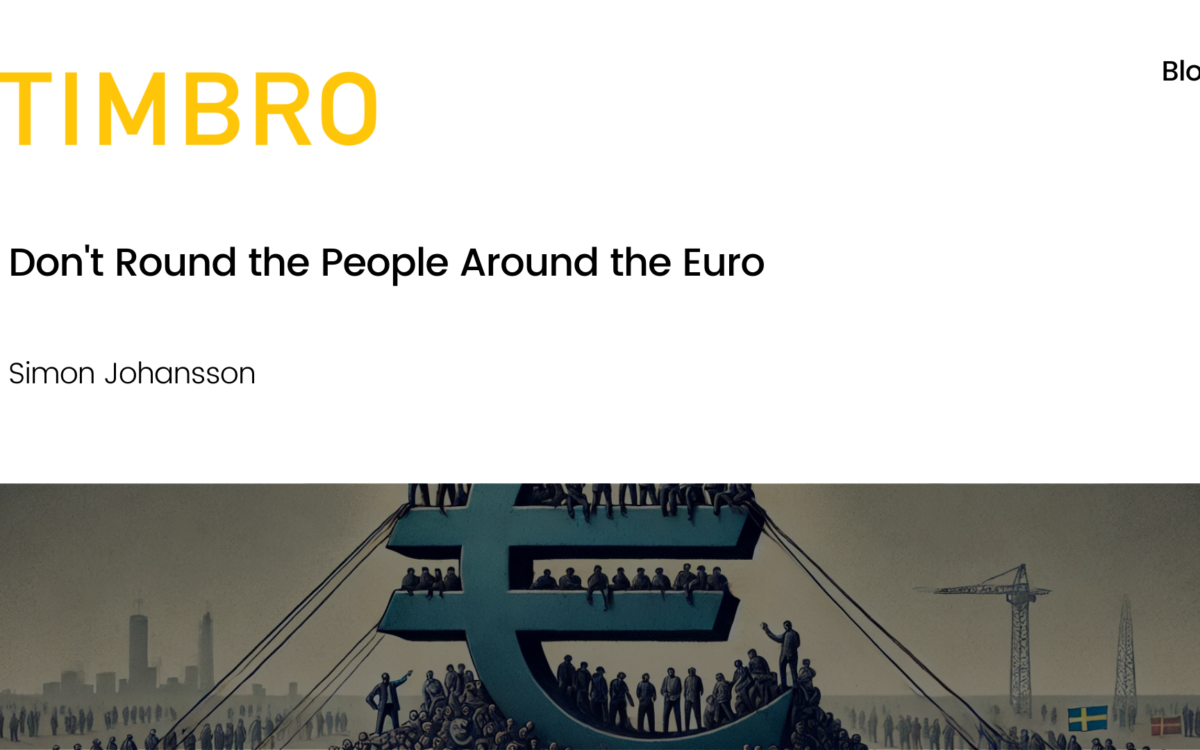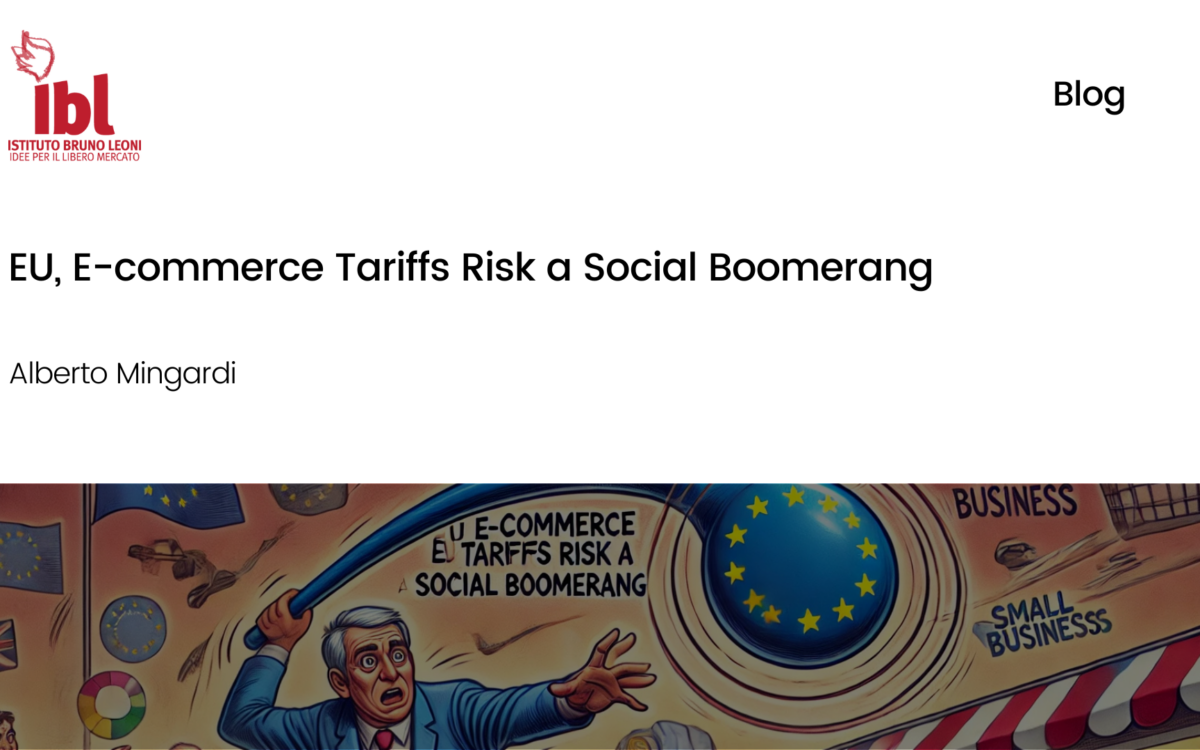Crypto-assets in European Markets – a Strategy for the Future

Crypto-assets in European Markets – a Strategy for the Future
Erik Paessler // 3 November 2020
The European Commission recently published a Digital Finance Strategy which includes concrete propositions for the regulation of crypto-assets. This is the first time a comprehensive legal framework for distributed ledger technology (DLT) and crypto-assets has been announced by the EU. They form part of an emerging market for digital financial tools, which the European Commission aims to pre-empt by introducing early regulation. The proposed framework sounds promising and affords crypto-companies sufficient leeway to incite growth whilst also ensuring stability and a level-playing field in the single market.
Why is a European regulatory framework needed?
The Commission proposal succeeds in preventing a regulatory patchwork for DLT and crypto-technology among different states and their own, individual legislative tools. Intra-European fragmentation in crypto-asset regulation would be associated with diverging licensing needs, uncertainty and higher complexity to gain market access. A shared European framework however will reduce administrative costs for companies and streamline market access barriers.
The regulatory push by the Commission is one that will ensure foreseeably long-term growth of the crypto-asset sector. The harmonisation of the market at an early stage creates a level-playing field in the European single market. Further, such a clear, strong legislative framework is specifically important in this young sector in its formative years. Shaped by the rapid tides of technological progress, crypto-assets promise to play a highly impactful role in the financial sector, and to introduce legislative certainty in the European single market may be a good idea to ensure stable and sustainable growth.
Will harmonisation be more efficient and encourage innovation on an EU level?
A pilot regime has been proposed to test the new market infrastructures for crypto-transactions. A regulatory sandbox allows market participants and regulators to gain experience with distributed ledger technology and adjust accordingly. The cautious approach will help to craft a growing marketplace, provided that lessons learned translate into sensible and tangible improvements for market participants.
The depth of the regulatory framework indicates the Commission’s long-term commitment to the crypto-asset market. This in turn builds trust and faith in the stability and sustainability of FinTech start-ups and companies handling crypto-assets, in turn encouraging investment and by extension innovation. As the Commission reaffirms its conviction that crypto-assets are here to stay, it makes sense for them to want to get ahead of the curve and establish a legislative basis at the European level that allows for long-term growth. Clarifying regulatory expectations towards actors in the sector eradicates the uncertainty that a fragmented and nationally differentiated regulatory framework would insert.
What are the concrete cornerstones of an EU-level regulatory framework if there needs to be one?
One of the crucial cornerstones of an EU-level regulatory framework is and must continue to be differentiating applicability of legislation according to the size of company. Service providers will now be expected to publish whitepapers and will operate under existing capital market regulations, reinforcing protections of the market against manipulation and increasing investor confidence and trust in the companies involved. However, SMEs will be exempted from the obligation of providing whitepapers for a period of 12 months when the total amount of crypto-assets remain under 1 million Euros. Differentiating between companies in terms of size is sensible to reduce the administrative burden and entry-barriers for start-ups. Allowing emerging companies to operate in a regulatory setting with fewer administrative responsibilities ensures that their growth remains unstifled during the start-up period.
What are the risks associated with European regulation of crypto-assets?
Despite differentiation in company size, FinTech start-ups will still face higher market entry barriers moving forward. When implementing and evaluating the success of the new regulation, it will be imperative that the Commission remain wary of the risk of stifling innovation by crafting high regulatory hurdles that may prove to be insurmountable for young and upcoming companies.
Further, the Commission must also remain wary of ensuring that politicised scepticism towards crypto-assets are kept to a minimum in implementing the new legislation. The high degree of regulation surrounding stablecoins, for example, follows a certain path dependency of legislators to be restrained when it comes to private crypto-currencies backed by big private enterprises, as seen in the reactions surrounding the operations of Libra.
Overall, only in retrospect will we be able to conclusively assess the success or failure of the proposed framework. However, the EU’s future-oriented approach is promising, as long as it remains agile in implementing lessons learned from the sandbox and the experience of market participants. Harmonising the market early-on establishes a level-playing field and builds investor trust in the stability and sustainability of the Crypto-Industry. The proposal on paper is promising for creating circumstances that facilitate long-term growth, and the safeguard of differentiation in applicability ensures that the market-entry barriers for upcoming start-ups remain surmountable.
EPICENTER publications and contributions from our member think tanks are designed to promote the discussion of economic issues and the role of markets in solving economic and social problems. As with all EPICENTER publications, the views expressed here are those of the author and not EPICENTER or its member think tanks (which have no corporate view).



